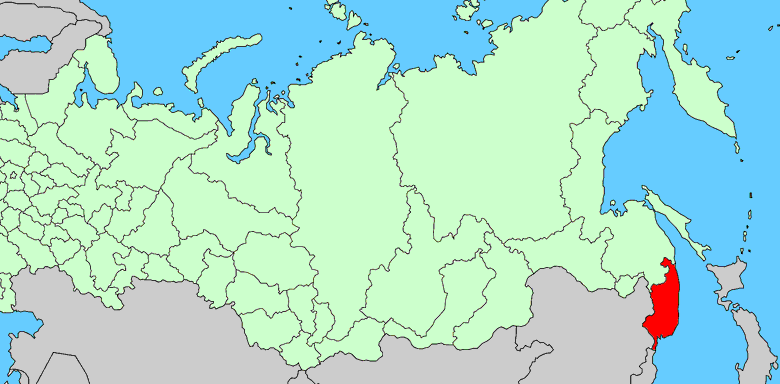To get the conversation back on bee breeding:
https://gsejournal.biomedcentral.com/articles/10.1186/s12711-014-0053-9
B+ referenced the work of Brascamp and Bijma in a previous post. This gives a weighting scale for evaluation of performance. Notably absent is a thorough discussion of using mixed drone semen for AI of queens. This is a method Sue Cobey used in development of NWC stock. Mentioned but not discussed in detail is using gamete relationship based selection. Not mentioned is duplicate sex allele skewing which occurs as selection is pursued over a few generations. This text is a good treatment of the math behind different methods of evaluating colonies and of weighting formulas to compare colony performance in similar conditions.
http://beesource.com/resources/usda/breeding-and-genetics-of-honey-bees/
This work by Harbo and Rinderer is a good mid-level review of of breeding basics. Notably absent is a detailed discussion of sex allele effects when even a small amount of inbreeding is used.
https://www.researchgate.net/publication/241065842_The_Genetic_Architecture_of_Honeybee_Breeding
You will have to click on the download button to get to the pdf file. This has a good discussion of pleiotropy and how it is impacted when selection is performed to enhance desired traits. The best part of this document is the extensive references to previous work. The section on inbreeding effects associated with the sex allele is moderately thorough, but does not discuss sex allele skewing or the impact of mating to drones produced by sister lines of queens.
http://www.beeculture.com/breeding-mite-biting-bees-to-control-varroa/
Tossing this one in because it is a relevant document for selecting mite mauling traits. Breeding honeybees can be thought of in terms of number of traits selected and how they change when selection is carried on for a number of generations. Pedigrees are all important when multiple traits are involved but are of limited use when single traits are targeted. It is perfectly feasible to breed bees with high levels of mite mauling by identifying colonies that express the trait and breeding from them while eliminating all lower performing colonies. No pedigree is required for single trait selection. This is exactly what Bill Carpenter did to select his mite resistant bees.
I can't provide a link to Ruttner's book, but it is readily available from numerous sources. He inspired Brother Adam to trial several advanced selection methods that significantly contributed to the development of Buckfast bees. "Breeding Techniques and Selection for Breeding of the Honeybee"
What to my knowledge has not yet been written is a good discussion of breeding methods to use when each queen can be tested to identify the sex alleles she carries. With this knowledge, it is possible to reduce inbreeding
at the sex allele locus to zero in just 3 generations of selection. With isolated mating stations set up using queens with known sex alleles and mating queens with different sex alleles, the inbreeding effect of the sex allele can be taken out of the evaluation. There would still be inbreeding effects from other genes but the massive skewing effect of the sex allele would not be a factor.

